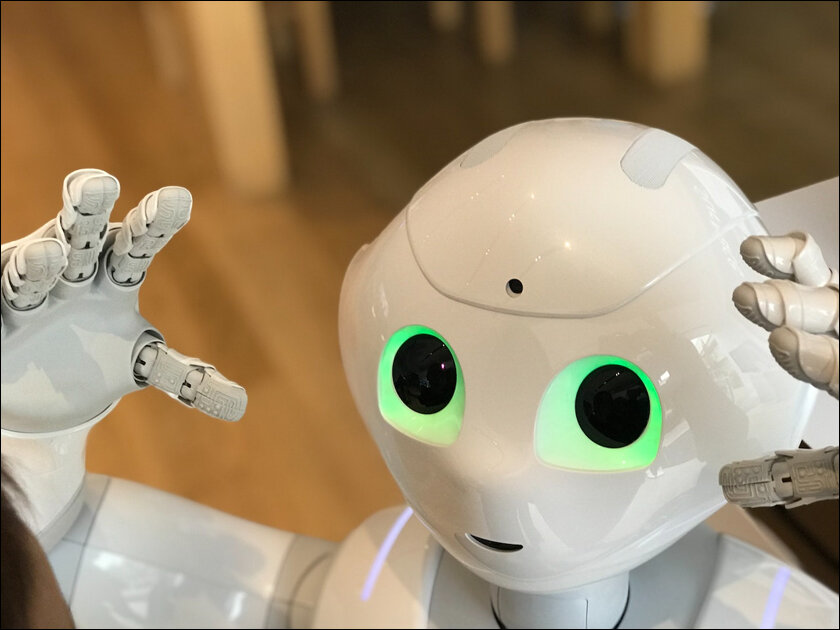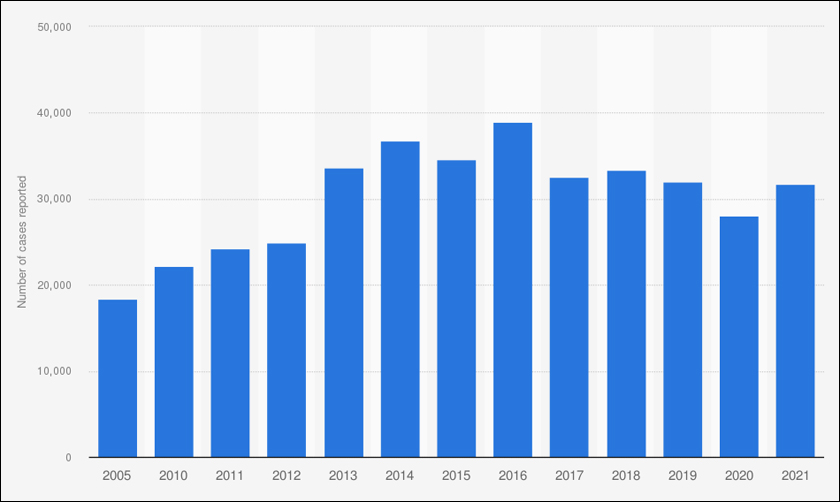Sex dolls and associated AI tools are expected to reduce loneliness among senior population and treat patients with sexual disorders, Sairaj explores.
INTRO:
Sensors allow her to tilt her head… Wink… Raise eyebrows… Make funny faces… Synchronize eyes… Lip-sync… Mug up Wikipedia… Then there’s sensors in the other body parts of this doll.
This sex-doll and AI connectors is expected to do much more than just a casual fling – learn user preferences and accordingly apply them. Five years ago, sex-bots replaced workers in Spain and Germany.

RealDoll, a Las Vegas based robotic manufacturer had claimed at the 2018 CES show that a doll with animatronic body parts could cost $30,000. Although that model is yet to be released, a basic AI model with customizations can be ordered for $6,500. In China, such fembots are usually being sold for $3,000.
Sex-robots are a gadget that has had the tech and academic world split for the last two decades. The first two decades in building such a disruption and the remainder in deliberating the legal and moral hazards.
Last week, Mohammad Gawdat, the former Chief Business Officer of Google’s research arm X remarked on a podcast that AI could eliminate the human in the bedroom. A good VR headset, body sensors, and an AI tool should help anyone spice up their lonely bedrooms, no? Now think what collaboration of a human-like doll, Neuralink, some sensors, and an AI tool could together do! FYI, Elon Musk’s Neuralink announced in December last year that human trials may commence in six months.

The reason for fear of sex-dolls stems from humanity’s previous misadventures with technology. Albert Einstein persuaded American President Franklin Roosevelt in 1939 to build an atomic bomb. He believed that an atom bomb in the hands of the Germans could be very dangerous. Later, he regretted the letter to the President, and called it the greatest mistake of his life.
Compared to an atom bomb, an AI tool is mostly feared for creating chaos through misinformation. UN Secretary-General Antonio Guterres at a recently held UN Security Council meeting to discuss AI risks “Generative AI could be a defining moment for disinformation and hate speech.”

BUILDING INTIMATE RELATIONSHIPS:
Despite the risks on AI and the moral dilemma, optimists believe fembots and AI could create an intimate relationship with humans. Professor Jeannie Suk Gersen, a Harvard Law School professor in an essay on sex robots said that human intimacy is at risk in radical ways. She elaborates of utilitarian value and also notes of the significant challenges for regulators on ways to characterize such relationships – masturbatory act, intimate relationship, non-consensual sexual contact.
Given how the pornographic industry has leveraged technology, it should not surprise if pornography benefits from advancements in technology. For the uninitiated, the first porn video production was shot as early as 1870s. Beta VHS cassettes survived as a pornographic distributing tool. Meanwhile, the industry survived in the era of DVDs and rent-a-movie through Blue-Ray DVDs that allowed higher disk-usage. Internet has furthered consumption of porn and has seen innovations such as ecommerce (Electronic Card Systems).
Sex dolls and associated AI tools are expected to reduce loneliness among the senior population and treat patients with sexual disorders. It does sound as utopian as the story of Colter Stevens from Source-Code, but there is a utilitarian value.
Playing Stevens, Jake Gyllenhaal, is entrusted in retrieving the identity of a bomber. But that from the memory of a deceased commuter. Stevens rummages through the coaches but has only eight minutes per attempt to identify. He makes umpteen attempts before walking into oblivion with a woman.
Receding population and skewed gender ratio could be reasons for the emergence of sex-bots. A sex-bot could also be utilized by those who lost their partners. A survey by The Sun in Britain revealed that young Brits were okay with an increased usage of AI tools for simple things such as talking or dating.

OF MORAL QUAGMIRES:
Aspect of consensus and paedophilia are expected to worry legal experts. Dolls are expected to nod their heads in affirmation at every request. Dolls are not only objectifying women but their agreement to every demand is likely to set unreasonable expectations and thereby introduce new social challenges.
A few decades ago, researchers professed dolls with child-like attributes could reduce the instances of rape and child abuse. In 2020, Prof Bela Chatterjee professed that permitting trade of child-like dolls and robots could be akin to encouraging portrayal of children as sexual objects. An Italian study of hundred sexual offenders fizzled out with majority reporting less excited. In 2022, researchers Craig A Harper and Rebecca Lievesley published new research that claimed child-like sex dolls had some functional use and also recommended for additional research in the area.

In India, research in this area is likely to be frowned for moral reasons. In 2021, the country recorded some 31,000 rapes and 33,348 incidents involving penetrative sexual assault of young girls and boys. NGOs estimate some 50,000 children falling prey to trafficking and prostitution. India also has had the inglorious record of being among Asia’s top-ten red light areas – Sonagachi in West Bengal and Kamathipura in Mumbai.
Spain institutionalized the use of sexbots in the brothel industry with LumiDolls Brothel being fully operationalized by fembots. Soon, such businesses opened across France, Britain, and Germany. The theory that fembots could eradicate child abuse and prostitution, may require more nuanced consideration. That as Chinese AI-powered dolls shipped as early as 2018 learning two languages – English and Chinese. And, the newest doll having learnt to decline its users.
In case you missed:
- None Found









